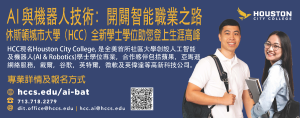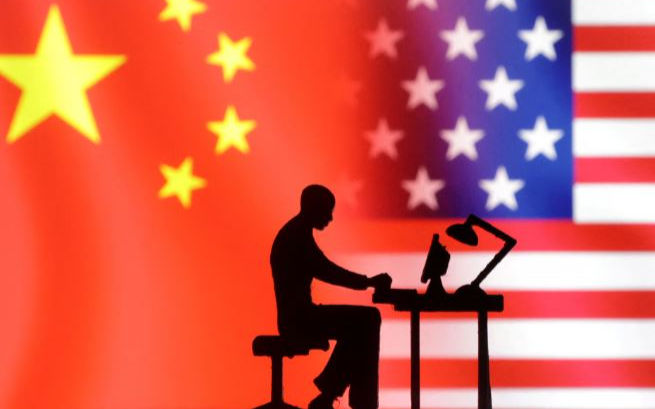川普倡议增加中国留学生至 60 万人


美国前总统川普近日公开表示,美国应大幅提高中国留学生人数,目标上看 60 万人,几乎是目前在美中国学生(约 27.7 万)的两倍。此举立刻在美国政坛掀起广泛讨论,也在保守派阵营中引起强烈反弹。
一、川普為何突然「欢迎」更多中国留学生?
维繫美国高等教育的财务结构
川普直言,美国许多大学高度依赖国际学生,
尤其是付全额学费的中国学生,用以补足州政府补助下降与学费收入不足的问题。
他警告说:
「如果我们拒绝中国学生,美国的整个大学体系都会倒下。」
由於中国留学生通常不需补助、且支付最高额的国际学费,对许多大学而言具有关键作用。
美国科技竞争需要更多人才
大量中国学生就读 STEM(科学、技术、工程、数学)科系。
川普阵营部分人士认為,吸引全球顶尖科技人才,是保持美国技术领先的重要方式。
可能作為美中谈判的外交工具
分析指出,美国或许藉此向中国释出有限善意,也可能作為贸易或科技谈判的交换筹码。
二、為何会引发激烈反对?
与川普过去政策矛盾
川普第一任期及 2025 年前期政策皆强调限制中国学生、加强签证审查,
甚至曾宣称要「积极撤销」某些领域的中国学生签证。
如今突然主张大幅增加,造成政策前后矛盾的疑虑。
国安与学术间谍问题
反对者普遍担心:
• 中国政府可能利用留学生获取敏感技术
• 科技研究涉及军民两用领域
• 美国已有数起相关间谍与资料外流案例
部分评论指出,若不加强审查而一味增加人数,恐使国安风险上升。
保守派基层强烈不满
“MAGA”支持者反应最為激烈,认為:
• 这与“America First”背道而驰
• 大量中国学生可能压缩美国学生名额
• 美国不该在与中国竞争时「向对手敞开大门」
川普的核心支持群中甚至出现分裂。
三、学者与政策界的观点:利弊鲜明
优点
• 有助稳定美国大学财务
• 吸引国际人才,提升科研竞争力
• 推动文化交流,维持教育出口优势
风险
• 需要更严格的技术领域审查
• 过度依赖单一来源国可能带来长期风险
• 政策摇摆可能损害国际学生对美国教育的信心
四、结语:政策仍在变化中
目前「60 万中国留学生」仍是一项口头政策愿景,而非已实施的正式制度。但川普的表态,透露出未来美国在高教、科技竞争与对中关係上的策略调整。
在国安、经济与外交三股力量的角力之下,美国对中国留学生的政策走向,仍将持续受到高度关注。
Trump Calls for Raising Chinese Student Enrollment to 600,000, Sparking Divided Reactions
Former U.S. President Donald Trump recently stated that the United States should dramatically increase the number of Chinese students studying in American universities, setting a target of 600,000, more than double the current figure of roughly 277,000. The remark has stirred intense debate across political circles, particularly within Trump’s own conservative base.
⸻
1. Why is Trump suddenly “welcoming” more Chinese students?
A. To stabilize U.S. universities financially
Trump argued that many American universities depend heavily on international students—especially Chinese students who pay full, non-subsidized tuition.
He warned that:
“If we turn away Chinese students, we will destroy our entire university system.”
As state funding declines and costs rise, international students have become essential revenue sources for many institutions.
B. To strengthen America’s talent pool in key technologies
A significant portion of Chinese students study STEM fields (science, technology, engineering, mathematics).
Some within Trump’s circle believe attracting global talent is critical to maintaining U.S. leadership in advanced technologies.
C. A possible lever in U.S.–China diplomacy
Analysts suggest that increasing student admissions may function as a bargaining chip in broader trade or technology negotiations with China.
⸻
2. Why is this proposal controversial?
A. It contradicts Trump’s earlier hard-line policies
During his first term and in early 2025, Trump advocated tighter visa scrutiny for Chinese nationals and even vowed to revoke visas in sensitive fields.
The sudden shift has led many to question the consistency of his China strategy.
B. National security concerns
Critics warn that:
• Chinese students could be pressured to share research with Beijing
• Sensitive technologies could be exposed
• Prior cases of academic espionage raise concerns
They argue that a large influx without stronger safeguards could elevate risks.
C. Backlash from the MAGA base
Perhaps the strongest resistance comes from Trump’s own supporters.
Many argue that:
• This policy contradicts “America First”
• American students could lose spots in competitive programs
• The U.S. should not “open the doors” while competing with China
The reaction highlights divisions within the conservative movement.
⸻
3. Analysts: Clear benefits, clear risks
Potential benefits
• Helps stabilize university budgets
• Attracts global talent and boosts research capacity
• Supports U.S. soft power and educational influence
Potential risks
• Requires stricter vetting in sensitive scientific fields
• Over-reliance on one country may create long-term vulnerabilities
• Policy fluctuations may damage America’s reputation among international students
⸻
4. Conclusion: Policy direction still uncertain
The proposed “600,000 Chinese students” is currently an intent, not a finalized policy. However, Trump’s remarks signal a shift in how U.S. leaders may balance national security, economic needs, and competition with China.
As the debate continues, America’s approach to Chinese student visas will remain a closely watched indicator of the future U.S.–China relationship.





























